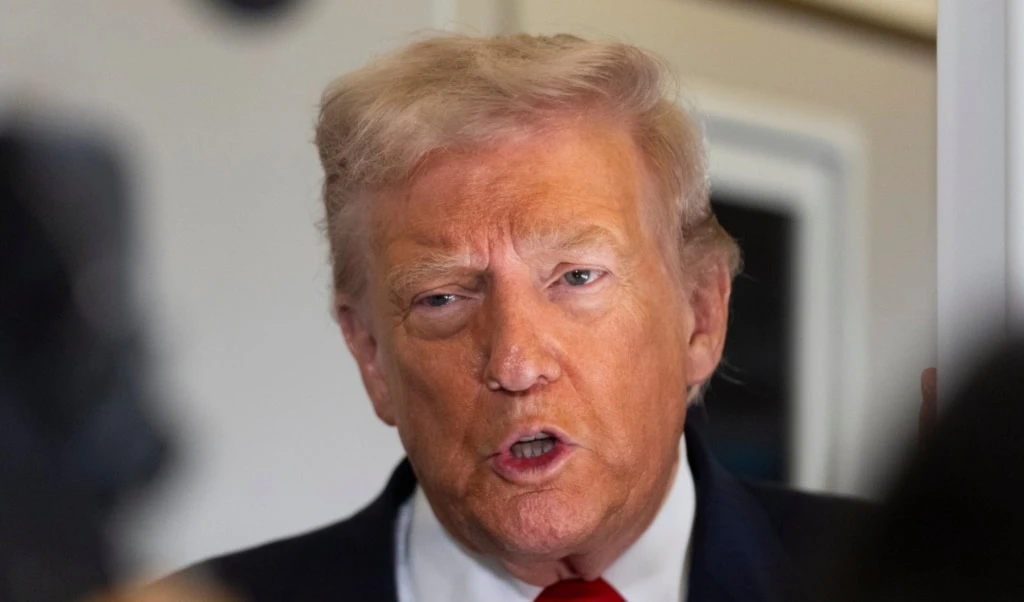China enhances capability to launch surprise attack on Taiwan: FT
The improvements span faster-paced air and ground operations, upgraded artillery systems, and more responsive amphibious and airborne assault units
-

Xi Jinping reviews the troops during his inspection of the Chinese People's Liberation Army in 2024. (AP)
China has significantly enhanced its ability to carry out a surprise attack on Taiwan, according to US and Taiwanese officials and analysts. These improvements span faster-paced air and ground operations, upgraded artillery systems, and more responsive amphibious and airborne assault units.
A senior Taiwanese military officer noted that China’s air force and missile units, key players in any attack, have advanced to the point where they can "switch from peacetime to war operations anytime."
Amphibious training, missile readiness
Other Taiwanese defense officials added that the People’s Liberation Army (PLA) now conducts continuous amphibious training near key departure ports, keeps army aviation units on constant alert for airdrop operations into Taiwan, and has introduced a new missile system capable of striking anywhere on the island.
The PLA Navy has also made significant strides. Since 2022, it has maintained a rotating presence of warships, particularly Type 052D destroyers, in strategic chokepoints like the Miyako Strait and the Bashi Channel, the only routes through which Chinese vessels can access the broader Pacific.
Yang Tai-yuan, a former senior instructor with Taiwan's Army Command, explained that in the event of an attack, Chinese warships would need to deploy into the Pacific early to avoid being trapped near China's coastline. In 2023, PLA Navy drills in the western Pacific simulated precisely such a scenario.
Naval encirclement, blockade capabilities
A US defense official confirmed that the PLA Navy and Chinese Coast Guard now maintain a near-constant presence of about a dozen ships surrounding Taiwan. This persistent maritime presence, combined with nearby ports, enables the PLA to quickly implement a blockade if ordered.
Taiwanese officials believe this naval posture also increases the risk of an unannounced airborne assault. Taipei is monitoring closely the helicopters deployed aboard PLA destroyers and Type 075 amphibious assault ships, which could be used to insert special forces into Taiwan.
"With these naval forward deployments, they have shortened both the distance and the time" in order to reach Taiwan, he stated.
Officials and analysts also point to broader military reforms that have dramatically enhanced the PLA's overall capabilities. In 2019, US intelligence reported that President Xi Jinping had instructed the PLA to be ready to invade Taiwan by 2027. According to Admiral Samuel Paparo, speaking at the Sedona Forum, China appears to have already achieved key objectives, particularly in the development of its rocket forces and satellite constellation.
Structural overhaul, joint operations
Beginning in 2015, Xi initiated sweeping reforms of the PLA’s command structure. Analysts say the massive drills conducted near Taiwan following then-US House Speaker Nancy Pelosi’s 2022 visit showed marked improvements in joint operations, one of the core goals of the restructuring.
Among the most critical changes has been the transformation of China’s ground forces. Large army units have been reorganized into smaller, more agile formations. This includes six amphibious combined-arms brigades now stationed along the southeastern coast opposite Taiwan.
"This reflects the PLA's renewed emphasis on Taiwan and lays the foundation for actual warfighting capabilities," said defense expert Joshua Arostegui.
A senior Taiwanese officer emphasized that the PLA now needs "minimal conversion time" to launch an attack due to its constant training cycles and proximity to key ports. PLA expert Dennis Blasko added, "Those kinds of capabilities could be used without a lot of preparation."
A US defense official said the PLA’s greatest success has likely been in “the development and integration of a joint firepower strike campaign,” referring to its ability to coordinate strikes across different services.
However, analysts claim that China continues to struggle in areas such as military leadership and strategic decision-making.

 4 Min Read
4 Min Read










